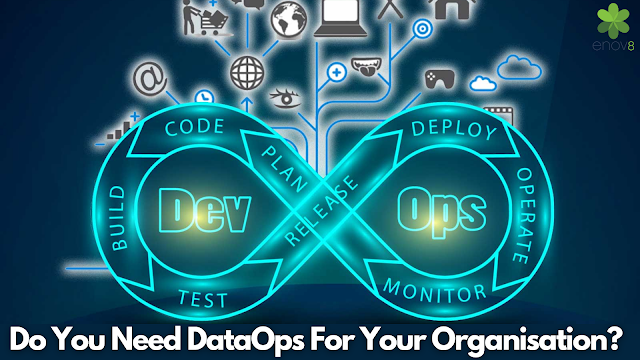An Overview Of Release Management Implementation Plan
The past few years have encountered a paradigm shift in software application development. So why use the outdated methodologies that slow down your entire development, testing and deployment process?
And this need for advancement in the software delivery process led to the conceptualisation of release management and DevSecOps environment.
Release management is a robust solution to the advanced unique roadblocks that software developers, release engineers and project managers face currently.
Between ever-increasing demands for updates, the increasing intricacy of the platforms, and the external pressures to introduce rapid innovation, it’s no surprise why this state-of-the-art productivity has evolved.
In this write-up, we’ll discuss everything you need to understand about the release management implementation plan and the benefits it offers.
What Is Release Management Implementation Plan?
Release management implementation plan is a new concept in the software development and delivery lifecycle used for building new applications and updating existing ones.
This advanced approach encompasses everything from planning to deployment. Tasks, including developing project schedules, arranging teams, collecting resources and scheduling different phases, etc., come under the umbrella of release management.
The reason? To develop a consistent software system development oversight that can monitor and manage all four fundamental phases (development, testing, release, and updates) during an IT product’s lifetime.
With digitisation, software releases are becoming more widely distributed and receiving instant feedback. Therefore the demand for new security patches and feature upgrades have become lightning-fast and in a wider variety of platforms than ever before.
Therefore even seasoned, experienced release engineers are vouching for an effective and efficient release management implementation plan. In fact, a well-drafted release plan coupled with a DevSecOps environment might be the only practical solution to modern software development requirements.
What Does A Release Management Implementation Plan Entail?
Designing An IT Release Schedule
This step involves any activities that lead to strategically moving the release schedule forward. Schedule planning, approval, blackout dates, release streams, planned PTO, windows, trains, etc., comes under this phase.
Developing A Solution Release Schedule
Any release schedule that isn’t included within the IT release schedule is planned in this phase. That includes intermittent, continuous and ad-hoc releases.
Also Read: Release Management Explained in Depth
Planning and Delegating IT Infrastructure Related Task
This step requires active collaboration between your operations and release teams to maintain the structural integrity of your products and processes. This includes hardware allocation, licensing, and other relevant resources allocation.
Testing For Product Readiness
In this phase, the updated or the newly developed product undergoes robust testing to ensure it fulfils the minimum quality requirements.
Supporting The Delivery Teams
This is a two-fold process involving engineers assisting the delivery teams with the correct deployment strategy and extending advanced support between this current phase and the next.
Management And Learning From The Releases
Release management is a continuous process and therefore requires consistent evaluation. Lead developers, team leads, and stakeholders need to collaborate and evaluate various components- the key ones include process, policy, and metrics.
This consistent evaluation makes the release management implementation plan easier and helps to perform better next time.
An efficient release management implementation plan is the key to deliver quality applications and updated features within the required time frame.




Comments
Post a Comment